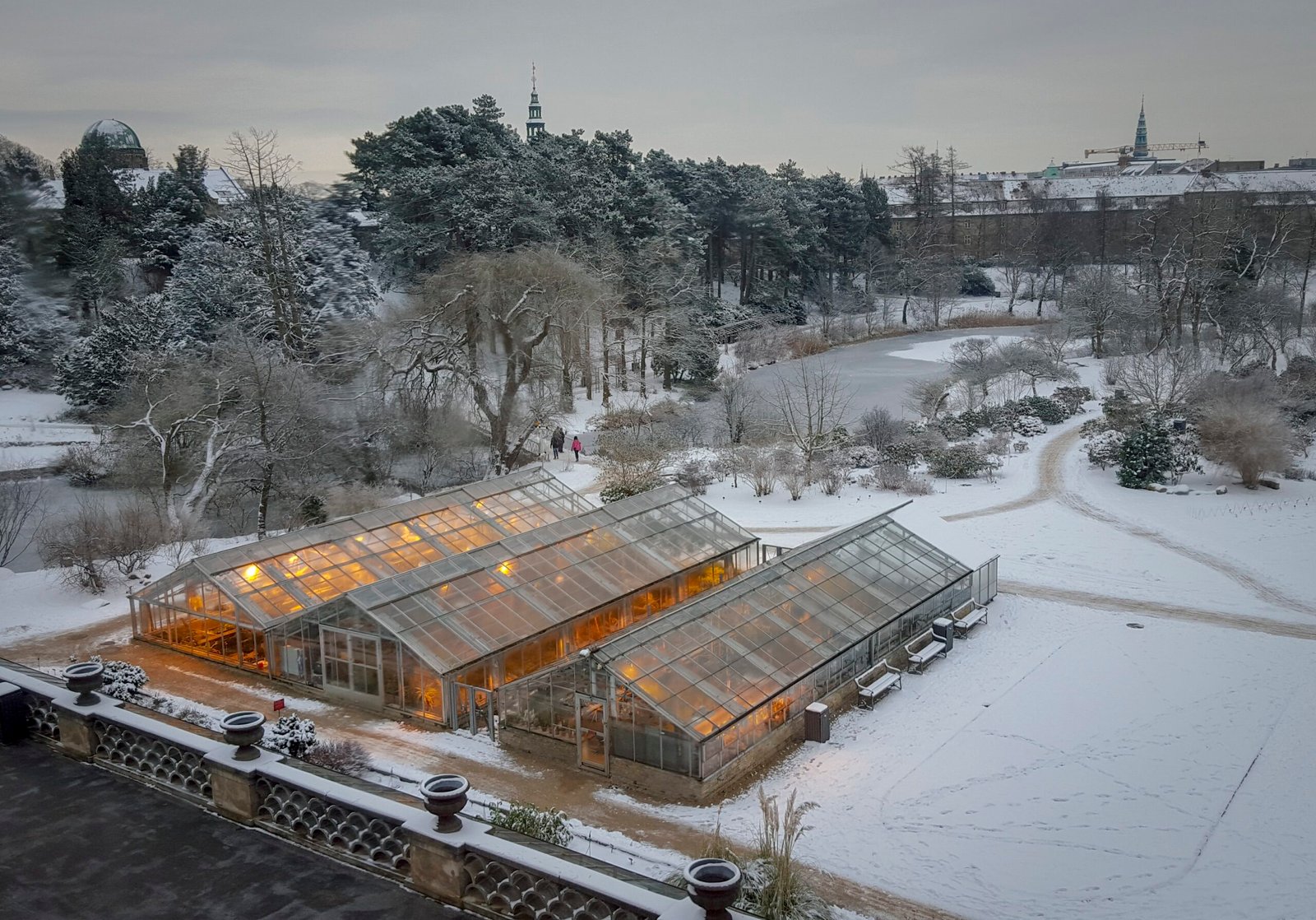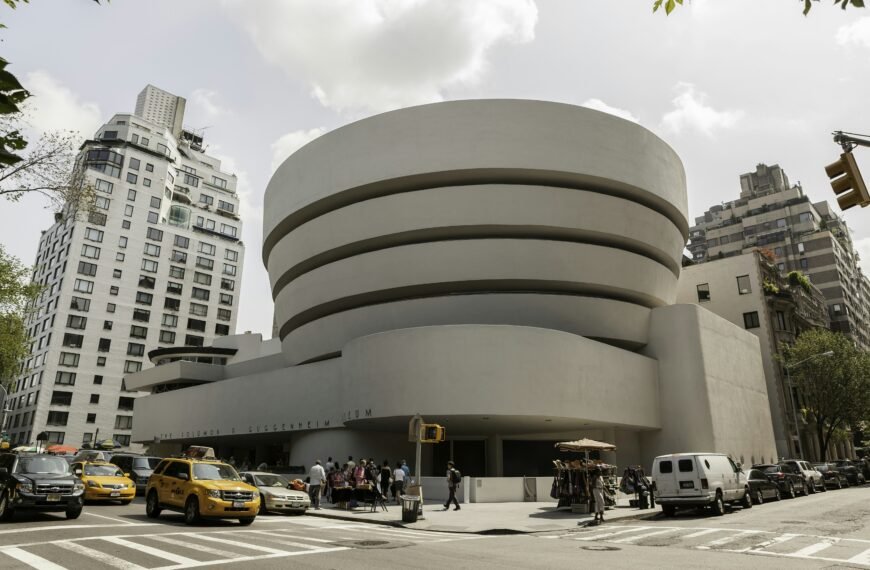If you’re planning a trip to Lisbon and want to immerse yourself in the cultural heritage of Portugal, be sure to visit the National Azulejo Museum. Azulejos, or glazed tiles, have played a significant role in Portugal’s cultural history, and this museum showcases their rich legacy through an impressive collection of 300 beautifully ornate patterns. From the blue, green, yellow, and white azulejo with an armillary sphere to the renowned Our Lady of Life panel, the museum offers a captivating look into the artistry and cultural significance of these unique tiles. A visit to the National Azulejo Museum is a must for anyone looking to explore the vibrant heritage of Portugal.
National Azulejo Museum
Introduction to the National Azulejo Museum
Welcome to the National Azulejo Museum, a cultural treasure that unveils the fascinating history and artistry of azulejos, vibrant glazed tiles that have played a significant role in Portugal’s cultural heritage. As you stroll through the streets of Lisbon, you’ll notice the abundance of these beautiful tiles adorning buildings. At the National Azulejo Museum, you can delve deeper into the rich legacy of azulejos and explore over 300 beautifully ornate patterns.
History of Azulejos
Azulejos have a long and storied history in Portugal, dating back to the 15th century when the Moors introduced geometrically patterned tiles. Over time, the art form evolved, drawing influences from diverse cultures such as the Renaissance and Baroque periods. Azulejos became an integral part of Portuguese culture, serving as decorative elements in palaces, churches, and even ordinary homes. At the National Azulejo Museum, you can witness the evolution of these tiles and gain a deeper understanding of their significance.

Architecture and Location
The National Azulejo Museum is located on the once-sacred grounds of the Convent of Madre de Deus, which adds to the allure and historical charm of the museum. The convent was founded in the 16th century and is itself an architectural marvel, featuring stunning Baroque details and intricate tilework. The museum is housed within the convent, allowing visitors to explore both the art and the architectural beauty of the space.
Highlights of the Museum
When visiting the National Azulejo Museum, there are several standout pieces and exhibits that you won’t want to miss. One of the highlights is the blue, green, yellow, and white azulejo with an armillary sphere, which is an astronomical instrument that appears on the Portuguese flag. It symbolizes the connection between heaven and earth. Another must-see is the Our Lady of Life panel, rumored to have been created by painter Marçal de Matos in the late 16th century. This panel is a masterpiece of azulejo artistry and offers a glimpse into the skills and craftsmanship of the time.

Our Lady of Life Panel
The Our Lady of Life panel is a true gem in the National Azulejo Museum’s collection. This beautifully crafted azulejo panel depicts the Virgin Mary surrounded by an intricate scene of nature and life. The panel is said to have been created by Marçal de Matos, an esteemed painter of the late 16th century. The Our Lady of Life panel is a testament to the artistry and skill of azulejo artists, and it showcases the vibrant colors and delicate details that make these tiles so captivating.
Other Ornate Patterns
In addition to the Our Lady of Life panel, the National Azulejo Museum houses a vast collection of other ornate patterns. As you explore the museum, you’ll encounter a stunning array of colors, motifs, and designs. From intricate floral patterns to scenes depicting historical events, these tiles offer a glimpse into the diverse range of subjects and styles that have been represented through azulejos over the centuries. Each tile tells a story and reflects the cultural and artistic influences of its time.

Portuguese Flag and the Armillary Sphere
One of the most iconic and recognizable azulejo designs at the National Azulejo Museum is the Portuguese flag with the armillary sphere. This particular design holds historical and symbolic significance for Portugal. The armillary sphere is an astronomical instrument that represents the connection between heaven and earth. It has appeared on the Portuguese flag since the 15th century, serving as a symbol of the country’s rich history and seafaring heritage. The vibrant blue, green, yellow, and white tiles that depict the Portuguese flag and the armillary sphere are a testament to the enduring cultural significance of azulejos.
Visiting the National Azulejo Museum
If you’re planning a visit to the National Azulejo Museum, you’re in for a treat. The museum offers a comprehensive and immersive experience that celebrates the artistry and history of azulejos. As you explore the collection, you’ll have the opportunity to learn about the techniques used to create these tiles, the cultural influences that shaped their designs, and the stories they tell. Whether you’re a history buff, an art enthusiast, or simply curious about Portugal’s cultural heritage, the National Azulejo Museum is a must-visit destination.
Hours of Operation
The National Azulejo Museum is open from Tuesday to Sunday. The museum welcomes visitors from 10:00 AM to 6:00 PM, providing ample time to explore the extensive collection and immerse yourself in the world of azulejos. It’s always a good idea to check the museum’s website or contact them directly for the most up-to-date information on operating hours and any special events or exhibitions.
Admission Fees
To enter the National Azulejo Museum, there is an admission fee. It’s important to note that fees may vary depending on factors such as age, residency, and any temporary exhibitions or events. The museum offers discounted rates for seniors, students, and children, making it accessible to all. Be sure to check the museum’s website or contact them for detailed information on admission fees and any special offers or discounts that may be available.








